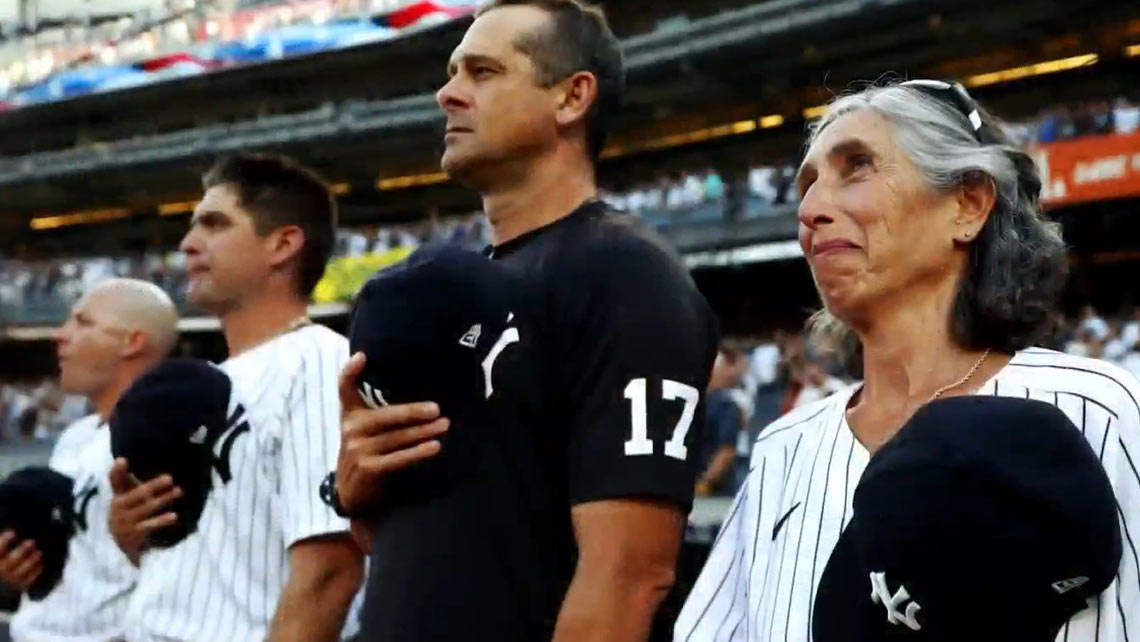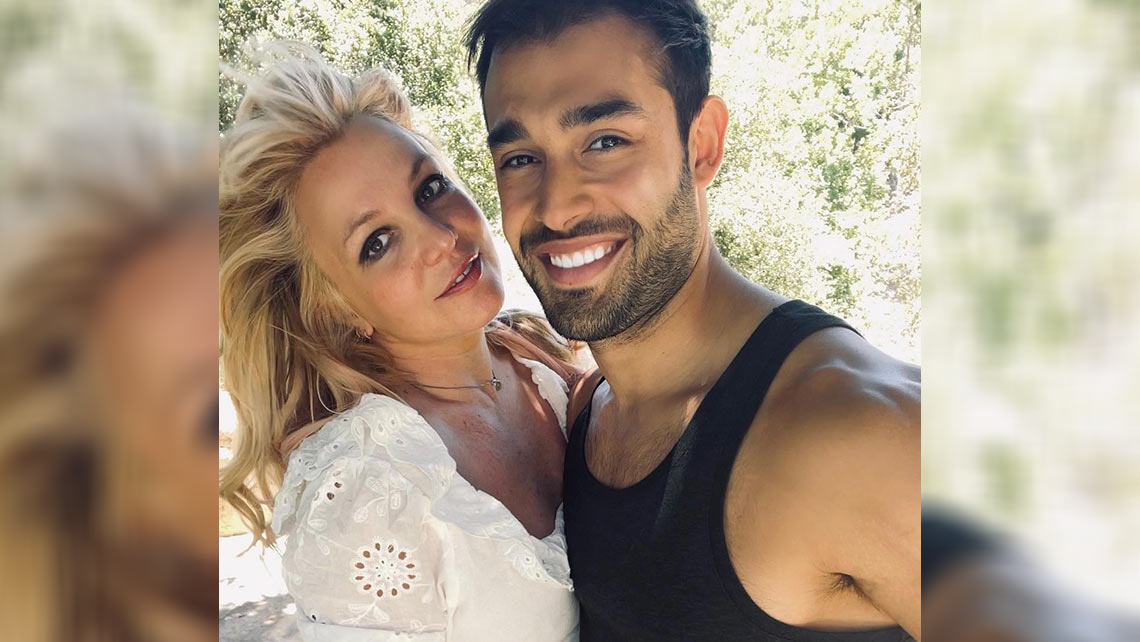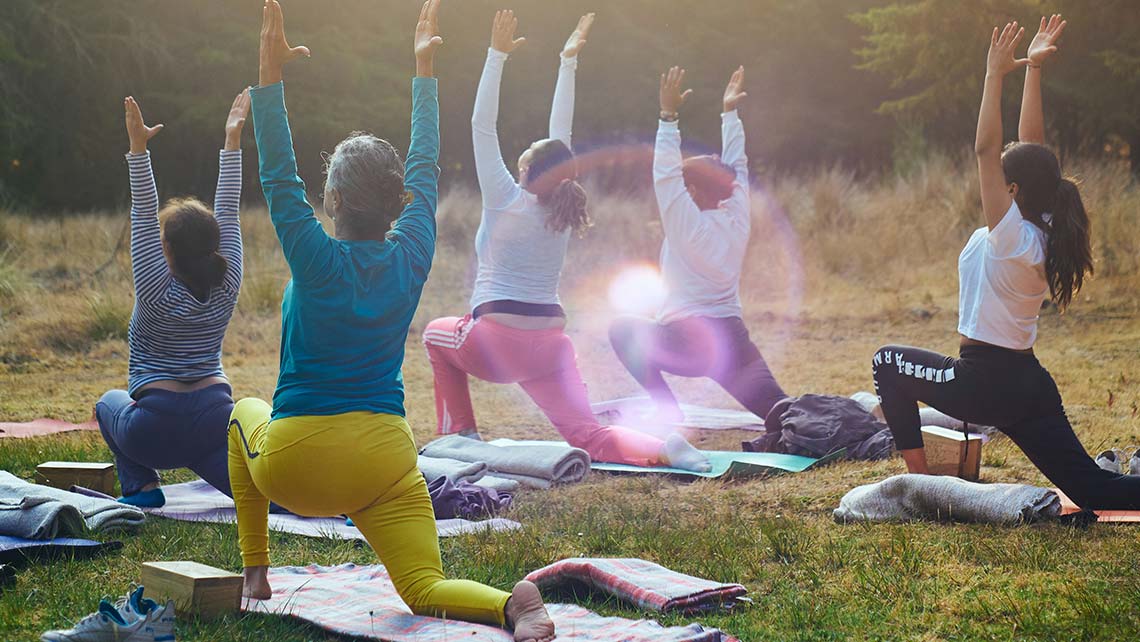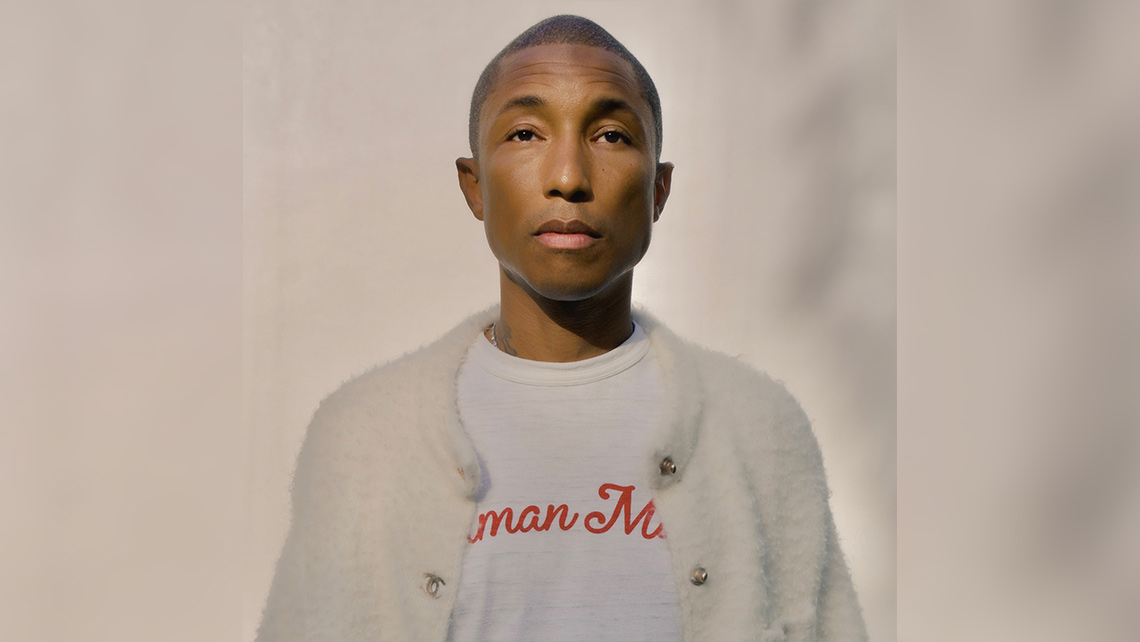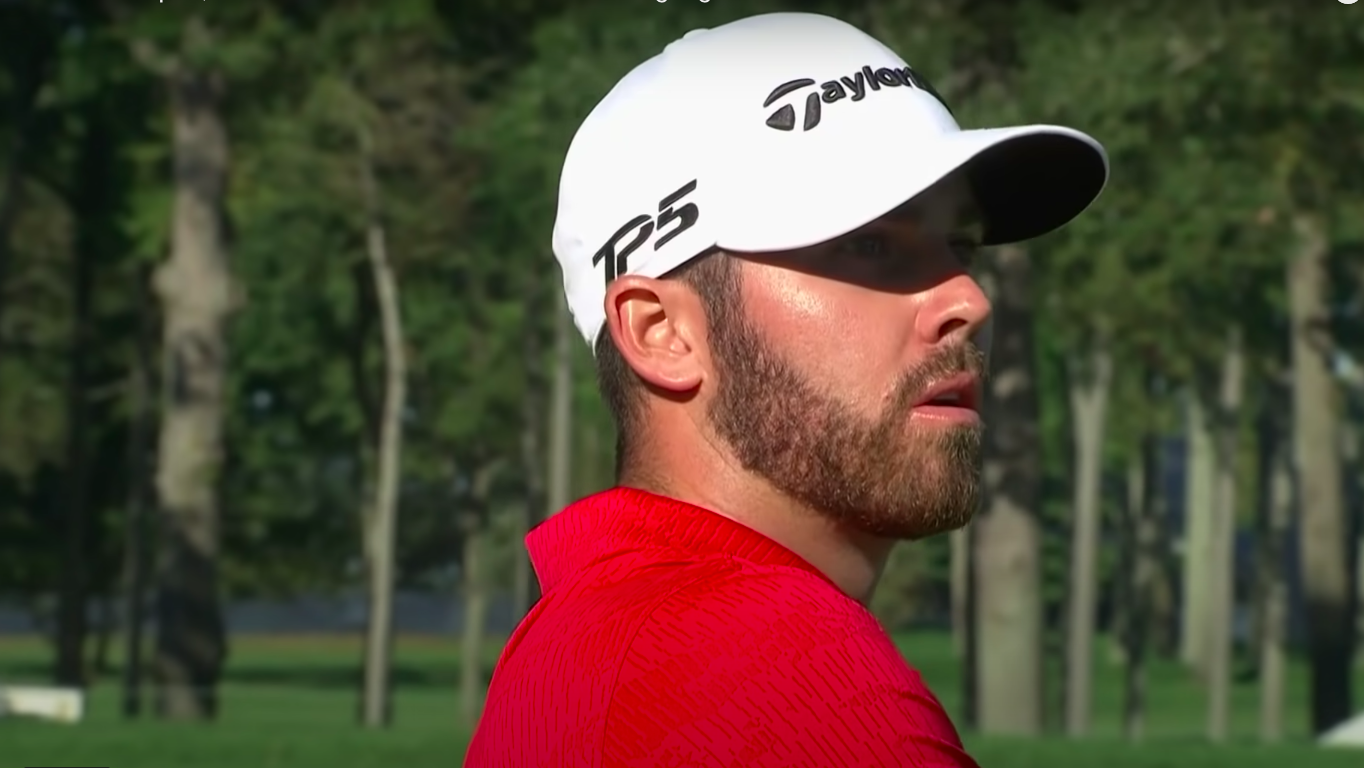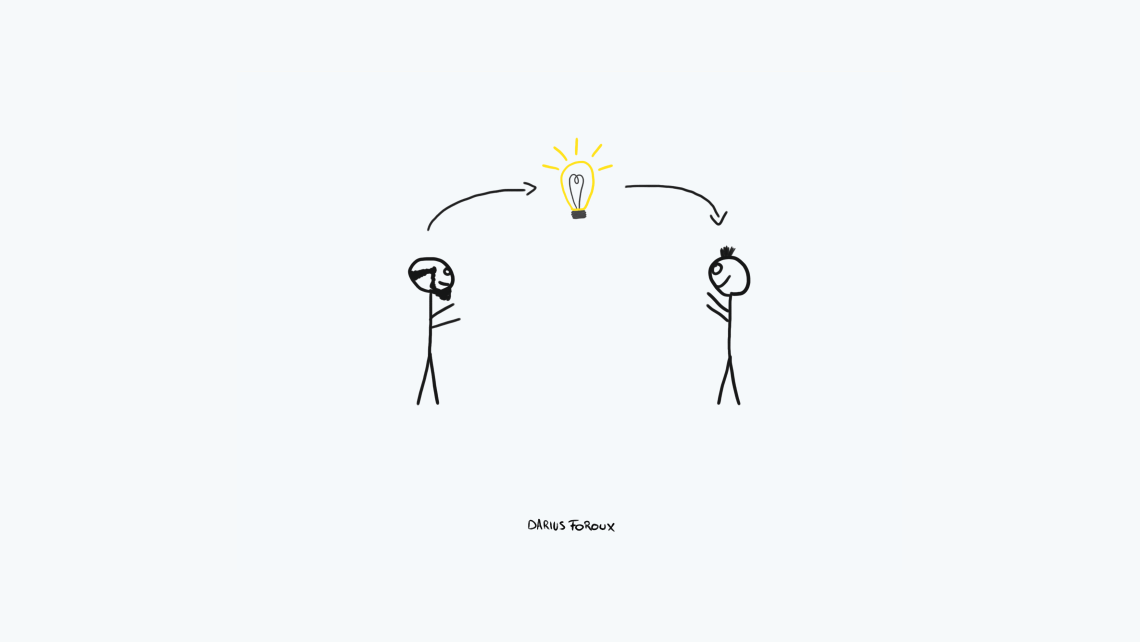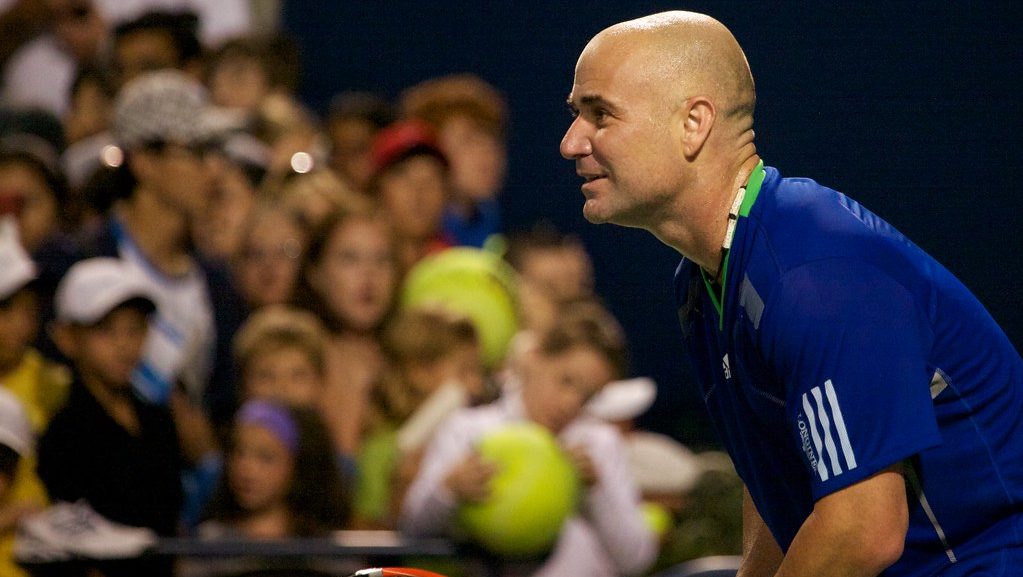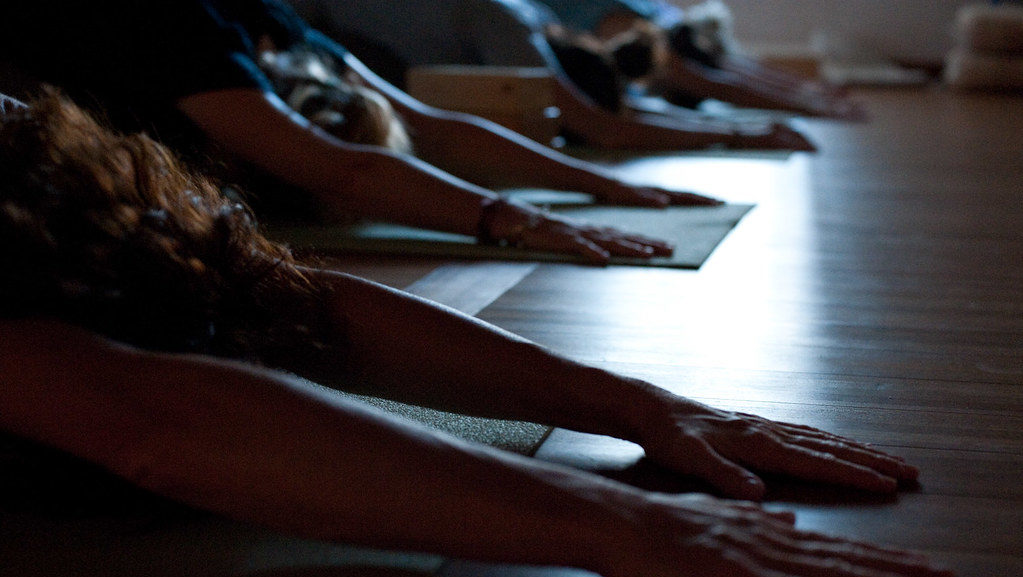A Yankees fan’s dream came true 60 years after being rejected by the team. Gwen McLoughlin, 70, served as the bat girl for the New York Yankees on Monday in their game against the Los Angeles Angels.
When McLoughlin was about 10, she wrote a letter to the Yankees asking if she could serve in the role. Back then, she received a response from Roy Hamey, who was the general manager of the team.
“While we agree with you that girls are certainly as capable as boys, and no doubt would be an attractive addition on the playing field, I am sure you can understand that in a game dominated by men a young lady such as yourself would feel out of place in a dugout,” the letter read.
60 years later, McLoughlin’s daughter Abby forwarded that letter to the Yankees. Current general manager Brian Cashman saw the letter and responded with a more positive reply. He invited McLoughlin to be the honorary bat girl during the game on Monday, which took place during the Yankees’ annual HOPE Week.
“Although your long-ago correspondence took place 60 years ago — six years before I was born — I feel compelled to resurrect your original request and do what I can to bring your childhood dream to life,” he wrote, in a letter he shared with McLoughlin via video chat.
“Despite the fact that six decades have passed since you first aspired to hold down the position as a New York Yankees Bat Girl, it is not too late to reward and recognize the ambition you showed in writing that letter to us as a 10-year-old girl,” he said. “We have a chance to rewrite history here and show you, obviously, how times have changed.”
In the video above, McLoughlin can be seen seated next to her husband, her hand on her chest, choking up while responding to Cashman.
“I will be there,” she said. “Thank you for doing this for us women and for moving forward and opening the world up to the population.”
Growing up, McLoughlin says Mickey Mantle was her favorite player. She also believes that the actions the team took to bring her on as the bat girl speaks to a much larger issue than just fulfilling her dream.
After the game, McLoughlin spoke with reporters and told them she had no ill will against the Yankees after they initially shot her down. “I love the Yankees. They wrote me a letter. It wasn’t what I wanted to see, but they wrote me a letter and I’ve always loved them and been a fan of theirs.”
At the end of the day, the 70-year-old’s dream has finally come true.
“You know when they say dreams come true? This is it,” she said.


